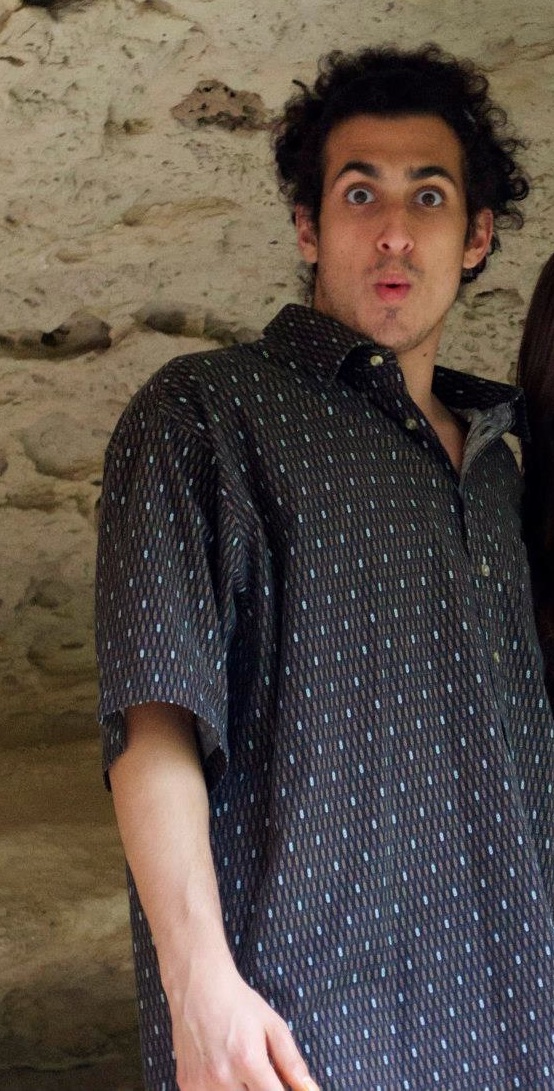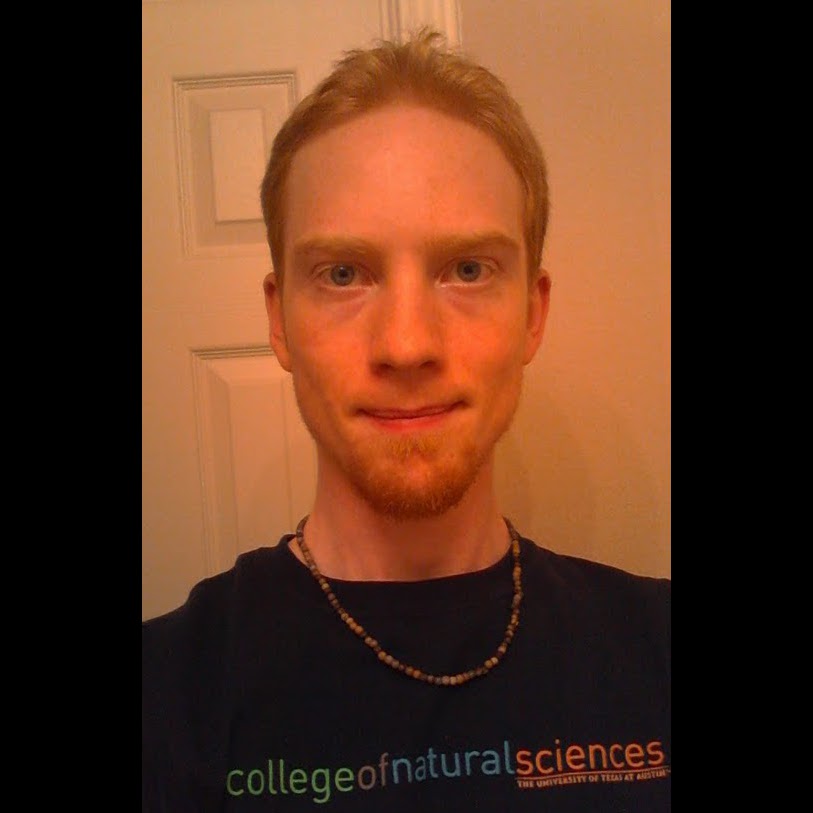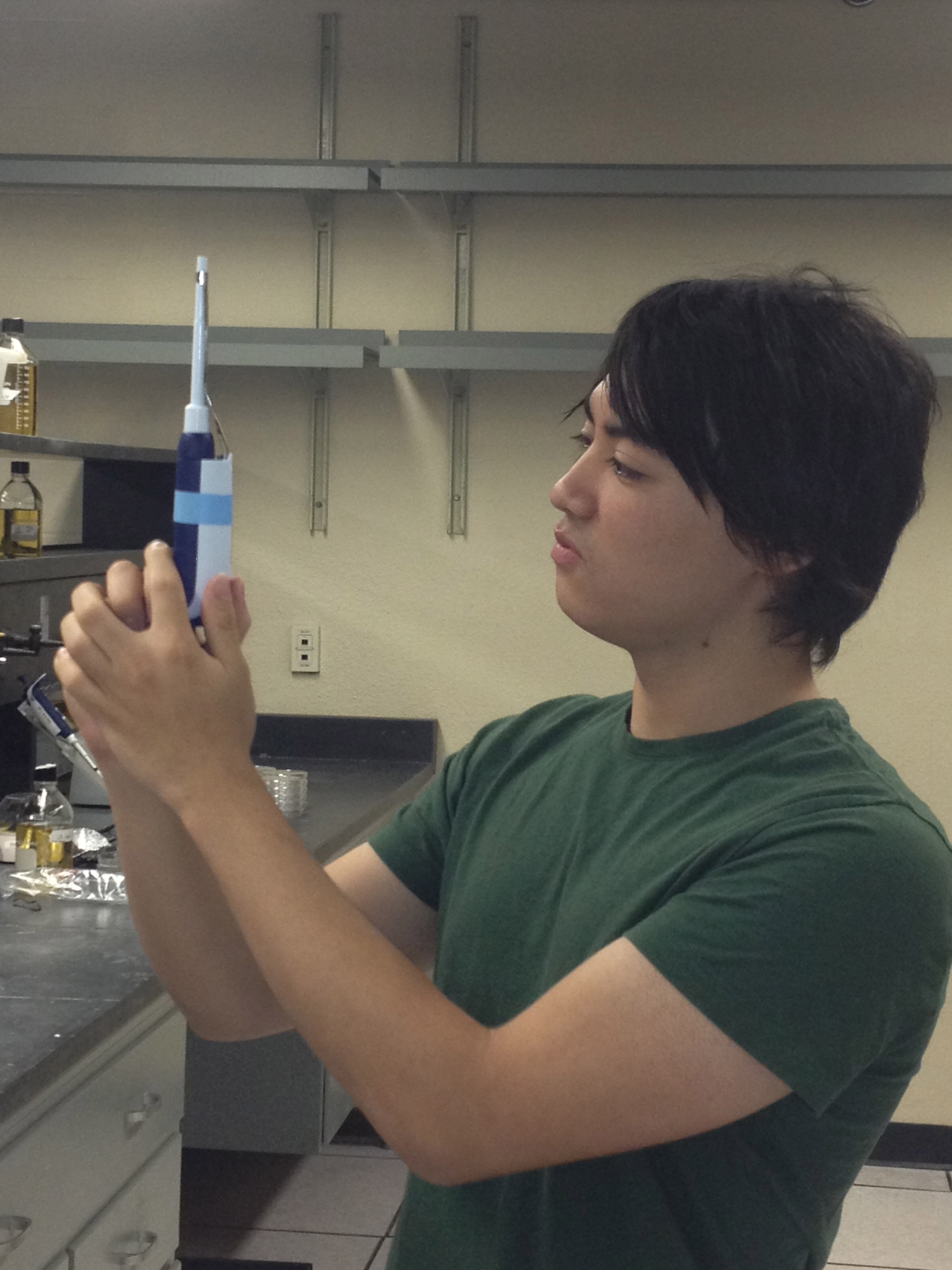Team:Greensboro-Austin/Team
From 2013.igem.org
(→Collaboration between North Carolina A&T and The University of Texas at Austin) |
|||
| Line 107: | Line 107: | ||
| - | + | NC A&T and UT-Austin are part of BEACON, an NSF center that studies evolution. Our universities teamed up in order to combine the principles of synthetic biology and evolution in our projects, and to lay the foundation for an independent NC A&T iGEM team for next year's competition. | |
| - | + | In June, four team members from UT-Austin visted NC A&T for a week to present a series of molecular biology workshops. Each day’s workshop would start with a “dry-lab” component such as generating project ideas, experimental design, and computational tools for synthetic biology. This was followed by a “wet-lab” application, such as transformation, PCR, and cloning. In July, five members of the NC A&T team visited Austin for another series of workshops. These activities focused on how the Austin team applied the techniques covered earlier for the MAPs and ''p''-cresol degradation projects. More advanced techniques were demonstrated, such as advanced primer design for plasmid assembly, and the use of non-canonical amino acids for protein engineering. | |
| - | + | ||
| - | + | ||
| - | + | ||
| - | + | ||
| - | + | ||
| - | + | ||
Revision as of 00:15, 27 September 2013
Who we are
|
UT Austin Advisors:
Undergrads:
NC A&T Advisors:
|
|
Collaboration between North Carolina A&T and The University of Texas at Austin
NC A&T and UT-Austin are part of BEACON, an NSF center that studies evolution. Our universities teamed up in order to combine the principles of synthetic biology and evolution in our projects, and to lay the foundation for an independent NC A&T iGEM team for next year's competition.
In June, four team members from UT-Austin visted NC A&T for a week to present a series of molecular biology workshops. Each day’s workshop would start with a “dry-lab” component such as generating project ideas, experimental design, and computational tools for synthetic biology. This was followed by a “wet-lab” application, such as transformation, PCR, and cloning. In July, five members of the NC A&T team visited Austin for another series of workshops. These activities focused on how the Austin team applied the techniques covered earlier for the MAPs and p-cresol degradation projects. More advanced techniques were demonstrated, such as advanced primer design for plasmid assembly, and the use of non-canonical amino acids for protein engineering.
 "
"









